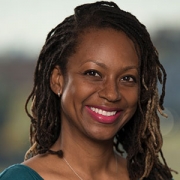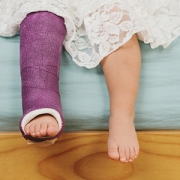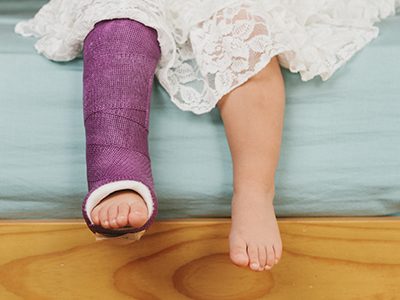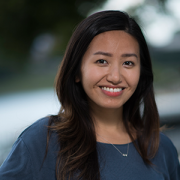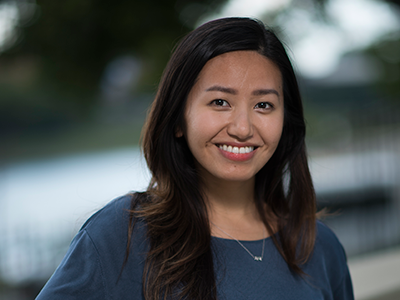Sadiqa Kendi, M.D., FAAP, CPST, is 2019 Bloomberg Fellow
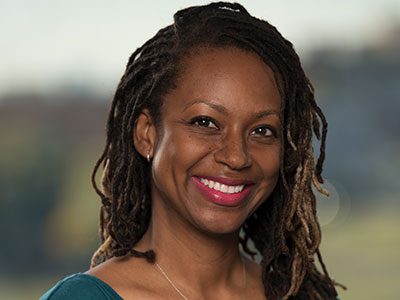
Sadiqa Kendi, M.D., FAAP, CPST, a pediatric emergency physician at Children’s National and medical director of Safe Kids DC, is among the 2019 cohort of Bloomberg Fellows, an initiative that provides world-class training to public health professionals tackling some of the most intractable challenges facing the U.S.
The Bloomberg American Health Initiative at the Johns Hopkins Bloomberg School of Public Health on June 6, 2019, announced fellows who will receive full scholarships to earn an MPH or DrPH as they tackle five U.S. health challenges: addiction and overdose, environmental challenges, obesity and the food system, risks to adolescent health and violence. Now in its third year, the largest group of fellows to date includes representatives from organizations headquartered in 24 states and the District of Columbia.
As part of her environmental challenges fellowship, Dr. Kendi will attempt to lessen the significant morbidity and mortality suffered by children, especially children of color, due to unintentional injuries. Children’s emergency department handles more than 100,000 pediatric visits per year, 1,200 of which result in hospital admission.
“The numbers are staggering: 25% of emergency department visits by kids and more than $28 billion in health care spending are associated with injuries. These preventable injuries claim the highest number of pediatric lives, and children of color and lower income families often disproportionately bear this burden,” Dr. Kendi says.
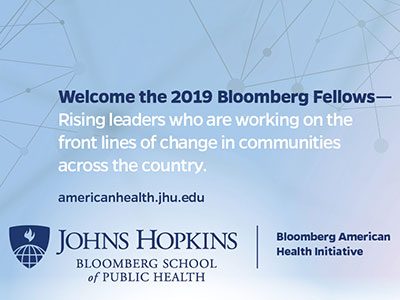
“Regrettably, I have seen the personal toll close up, and it has been sobering to hug a sobbing parent whose child clings to life after being struck by a car; to clasp the hand of a frightened child who has fallen from playground equipment and suffered a severe fracture; to see the angst written on a caregiver’s face as I lead our team in trying to save a life that easily could have been safeguarded by installing a window guard,” she adds.
Under the auspices of Safe Kids District of Columbia, Dr. Kendi is developing a one-stop Safety Center at Children’s National to provide injury prevention equipment and education to families in five focus areas: child passenger safety, home, pedestrian, sleep and sports.
Safe Kids Worldwide, the umbrella non-profit organization for Safe Kids DC, started at Children’s National and has grown to more than 400 coalitions around the world. Safe Kids DC is the local coalition that is working to address the burden of injury in local District of Columbia communities.
“I’m grateful to be named a Bloomberg Fellow because this opportunity will enable me to better understand the theories, methods of evaluation and tools for addressing the burden of injury in the District of Columbia, including how to assess and address the built environment. This training will help me to better lead my Safe Kids DC team in developing projects, outreach programs and legislative advocacy that have the potential to directly impact the communities we serve,” she adds.


